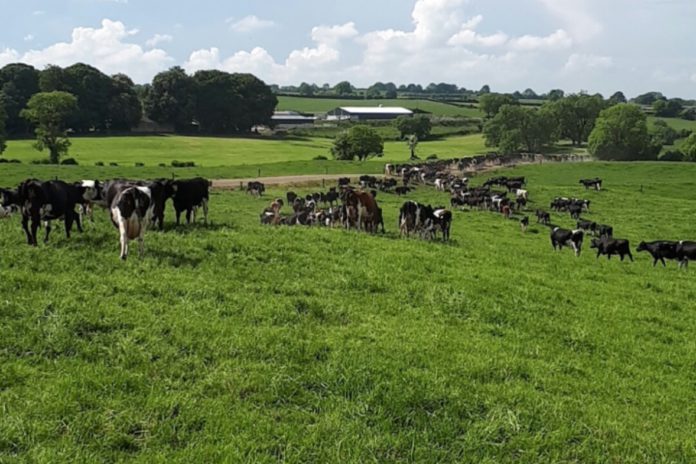Scientists across the waters claim that they are “teaching robots to more accurately detect” mastitis.
Lincoln University (New Zealand) computer scientists have been part of modelling a method to better control and manage the disease.
Professor Sandhya Samarasinghe and Professor Don Kulasiri are co-authors of the ground-breaking study.
They conducted it with data from a commercial robotic dairy farm, which designed and built a computational model to help “efficient and accurate” mastitis detection in dairy herds.
According to a statement from the university, robot milkers use sensors to detect the disease.
The study highlighted that the farm could improve its performance “significantly” by decreasing the number of false-positive cases they detected.
Furthermore, they utilised a Deep Neural Network (DNN) to build, train and validate a classification model using variable combinations, including variables that have not been studied before.
A spokesperson said:
“The model met ISO (International Standards Organisation) minimum limits while outperforming other past neural network models and reduced the problem of false-positive alerts to just 3% (false negative to 1%), while maintaining a very good capability of detecting clinical cases within the herd.
They collated data from a commercial Voluntary Milking System (VMS) dairy farm with 24 DeLaval robots, milking about 1,900 cows in a single 13,000m2 barn for one year.
During that period, the total number of recorded milking instances exceeded the 1.1 million mark.
The authors of the studies noted that neural networks mastitis detection models presented in previous studies were built using data collected from research dairy farms (conventional or robotic), using small herds (100-400 cows).
Accurate mastitis detection
Scientists highlighted that accurate mastitis detection helps:
- Control the disease;
- Retain milk production levels;
- Maintain milk quality grade/standard;
- Cut out financial costs – treatments;
- Protect cows;
- Relieve them of the pain of mastitis.
The total mastitis cost to dairying includes:
- Decline/drop in milk production;
- Cattle treatment costs;
- Other costs;
- Low-grade milk quality.
The authors said their model being built and tested against data collected from a large-scale commercial dairy farm, made it “more realistic and representational”.





